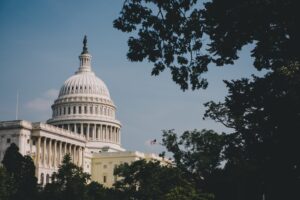Stop Calling It Mismanagement
“If I have $120 and $400 in bills, that’s not poor planning. That’s math that doesn’t work.”
This is the quiet, relentless math of survival in 2025 — and for millions of Americans, it’s a reality. Not once a year. Not during emergencies. But every week.
Yet when people fall behind, society still calls it irresponsibility, bad budgeting, or a lack of discipline. The truth is far more painful and far less understood: most people aren’t mismanaging money — they’re performing budget triage.
Triage means prioritizing what can be saved, knowing you can’t save everything. That’s what survival looks like in today’s economy. And until we recognize it as such, we’ll keep blaming the very people who are working the hardest just to stay afloat.
What Budget Triage Looks Like in 2025
When your income doesn’t cover all your essentials, budgeting becomes an exercise in loss management — not optimization. That’s triage. And for many, it looks like this:
- Paying rent late so the car doesn’t get repossessed
- Skipping a credit card payment to refill a prescription
- Choosing cheaper food so your kid can go on a school field trip
- Rotating which bill goes unpaid this month, knowing something has to give
- Delaying dental work so your child can see a doctor
- Turning off the heat so you can afford co-pays
- Using payday loans not for extravagance, but just to close the gap
None of these are poor decisions. They are the least-damaging choices available under unbearable pressure.
Budget triage is what happens when the system gives you fewer options than you need — and blames you for picking wrong.
The Problem With Traditional Financial Advice
Most financial advice is written with the assumption that people have some money left over. It’s made for people choosing between what to do with their extra, not who gets shorted this month.
“Build an emergency fund.” (and yes, Uber-Finance.com is guilty of this too)
“Cut back on streaming services.”
“Buy in bulk.”
“Invest in a Roth IRA.”
These suggestions aren’t just tone-deaf. They’re disconnected from reality for anyone living paycheck to paycheck with no margin of error.
Even budgeting apps and finance tools often assume stable income, no medical debt, and access to credit. They don’t account for:
- Gig work fluctuations
- Bank account minimum fees
- Delayed childcare subsidies
- Emergency car repairs that exceed your paycheck
These tools don’t solve budget shortfalls. They dress them up in spreadsheets.
How Shame and Stigma Reinforce the Crisis
What makes budget triage worse is the layer of shame wrapped around it.
People blame themselves for not saving, even when saving isn’t possible. They hide their struggles, which makes others feel isolated. Employers, politicians, and media reinforce the idea that “you just need to work harder” — as if labor is the problem and not the math.
This shame is weaponized:
- People don’t ask for help because they’re afraid of being judged
- They don’t share their stories, so the problem looks smaller than it is
- They don’t demand policy change, because they’re told it’s their fault
And so, the cycle continues: budget shortfalls get misdiagnosed as personal failures instead of structural design flaws.
The Real Root: Income vs. Cost of Survival
Here’s the core issue: the cost of living has outpaced wages for years, and the gap is now too big to ignore.
- Rent has increased 25–35% since 2020 in many areas
- Healthcare premiums, deductibles, and out-of-pocket expenses have exploded
- Food prices remain inflated even after “cooling” inflation reports
- Utilities, insurance, and childcare costs are all rising
- But wages? For most low- to middle-income earners, they’ve barely budged
This means even people working full-time or multiple jobs are underwater. They’re not spending recklessly. They’re paying for housing, food, gas, childcare, and basic healthcare — and still falling short.
This isn’t about cutting lattes. It’s about how survival itself has become unaffordable.
What People Actually Need
If we want fewer families in crisis, we need to fix the systems—not lecture the survivors.
Here’s what would help:
- Index public assistance programs to actual inflation and regional costs — not outdated federal poverty thresholds
- Eliminate the benefits cliff — allow gradual phase-outs instead of cutting people off for earning $50 too much
- Raise the minimum wage to reflect cost-of-living realities
- Cap prescription and medical costs, and make preventive care accessible without massive debt
- Fund emergency cash assistance programs that provide fast relief in moments of acute need
- Reframe the national conversation around budgeting and poverty — remove shame, restore dignity
We don’t need more bootstraps. We need better policies and deeper compassion.
Don’t Call It Failure. Call It Survival.
If you’ve been made to feel like you’re failing because your budget doesn’t work — you’re not the problem.
You’re the reality.
You’re the one choosing between the electric bill and your child’s asthma medication. You’re rotating late payments to protect your family. You’re squeezing every dollar until it splits — not to get ahead, but just to not fall further behind.
That’s not poor money management.
That’s budget triage.
And it’s time we started calling it what it is — and building a world where no one has to survive this way.







